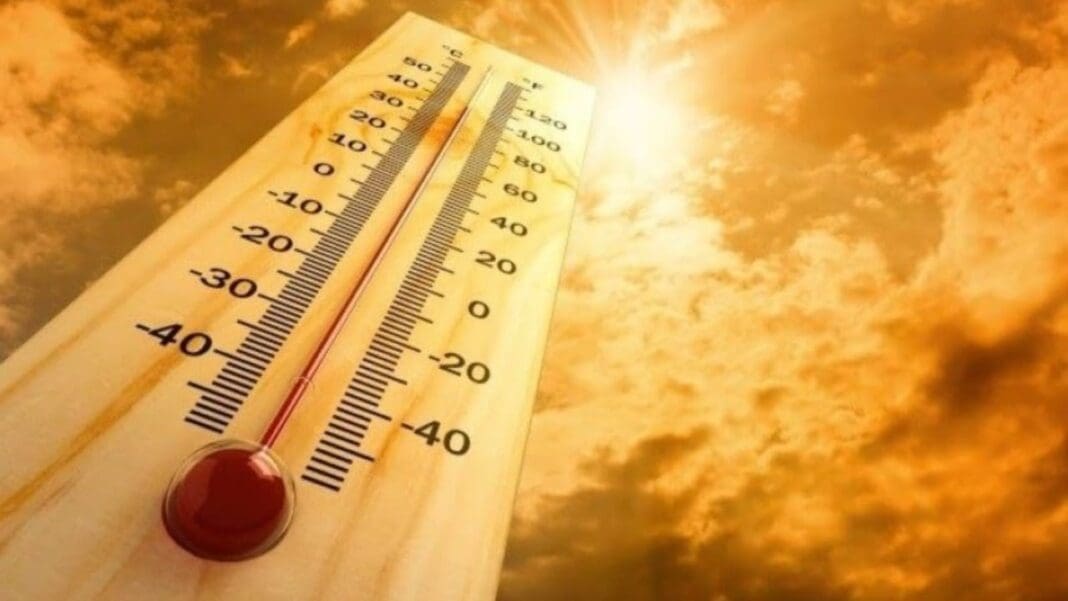Investing in protective measures doesn’t just save lives—it saves companies money as well.
July also marked an important step in addressing the significant threat our changing climate poses to human health: the U.S. Department of Labor’s Occupational Safety and Health Administration (OSHA) proposed a new rule to protect workers from extreme heat. The regulation would apply to employers across a wide range of industries and be triggered when employees are exposed to temperatures of 80 degrees Fahrenheit for more than 15 minutes in any given 60-minute period. In these instances, measures like easy access to cool drinking water, paid rest breaks if needed, and shade or air-conditioned areas at outdoor work sites would be required. Employers would also need to develop a heat prevention plan, designate a heat safety coordinator to implement and monitor the plan, and evaluate the organization’s safety plan annually.
Businesses may read this as increased costs but, in truth, it provides critical savings. Things that affect human health also have a direct impact on business performance, given that 84% of the value of S&P 500 companies is in human capital. Research shows worker productivity drops by as much as 2.5% per degree when temperatures rise above 80°F. This heat-induced decline in labor productivity is costing U.S. businesses $100 billion annually and is expected to double by 2030.
There is compelling evidence that simple heat protection measures save lives and boost productivity. La Isla Network implemented a worker safety program at a sugar plantation in Nicaragua, where heat-related injuries and deaths were common. The program led to a 72% reduction in injuries, a 94% decrease in hospitalizations—and a 20% increase in productivity. These preventative measures were also more than four times more affordable than treatment, proving that the investment not only saved lives but also more than paid for itself.



